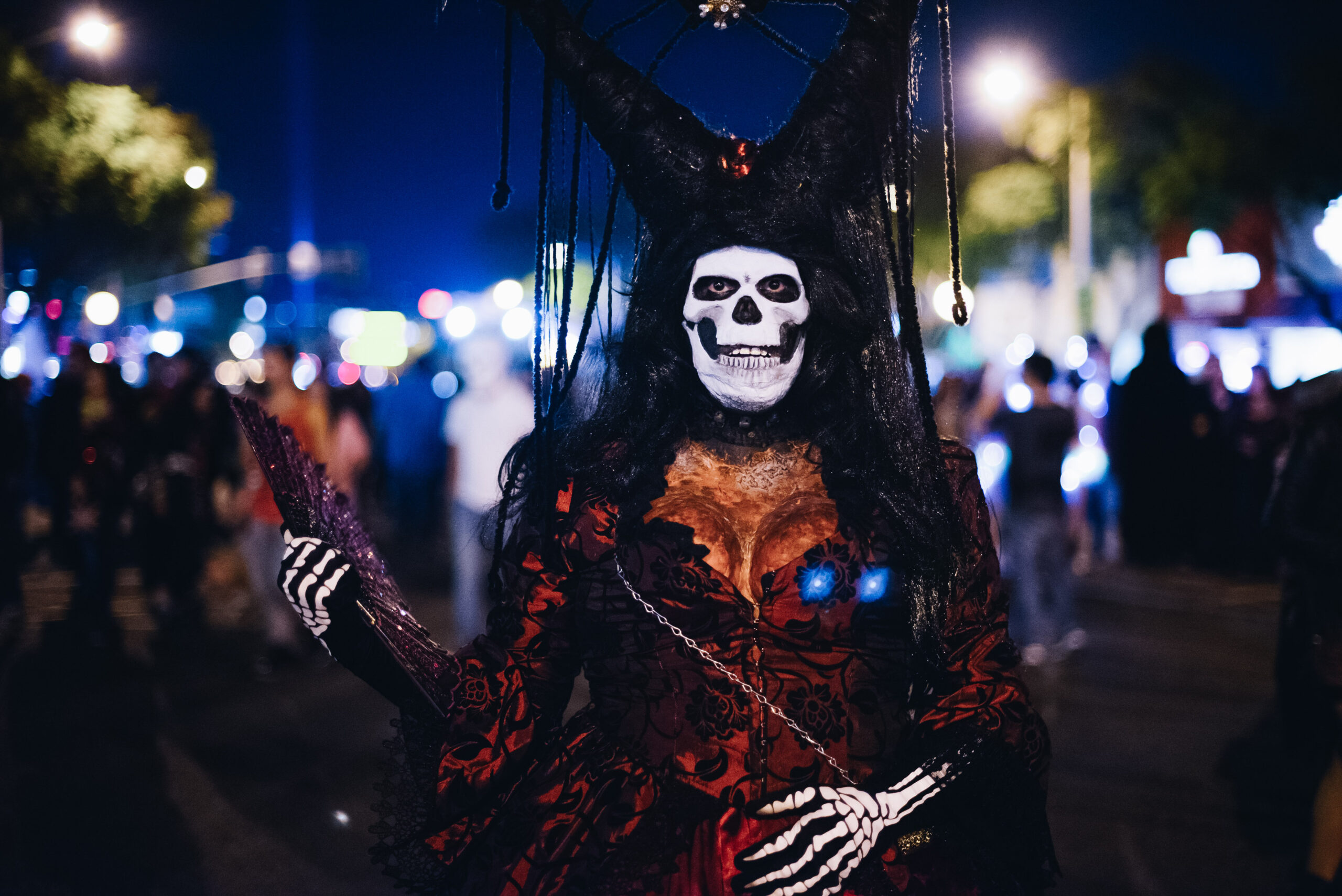Halloween is just around the corner, which makes the cold heart of any horror fan beat faster. Dressed in spooky costumes, little ghosts go trick-or-treating from house to house, while mature vampires, monsters and ghouls choose to imbibe and dance the night away.
Halloween is an American holiday and like many American traditions, was brought to the New World via immigration, in this case, the Irish. Halloween (originally All Hallows’ Eve) is based on pagan and Celtic traditions from Ireland celebrating the night before All Saints’ Day, formerly known as Samhain.
In Celtic, Samhain marks the end of summer and the last harvest, but it is also the time when the gateway to the supernatural world and the dead opens. The deceased were believed to visit their relatives, who greeted them with lights and treats, while scary costumes were worn to protect against vengeful spirits who might have followed through the portal to the netherworld. Does that sound familiar?
While the harvest aspect became less important as the decades passed, Halloween in America has always been about ghouls, goblins and the witching hour. And let’s face it: Who doesn’t love being a different person for a night or gorging on sweets? So join us on this devilish tour through the spookiest places in Europe.
Dublin, Ireland
The Emerald Isle is not only the birthplace of Halloween, it also offers a unique setting for a successful celebration: quaint castles, manor houses and mystical places.
Ireland’s capital, Dublin, is the perfect starting point for your spooky sojourn. Dress up in your favorite costume and take the Ghost Bus Tour. Get ready for two hours of goosebumps as you delve deep into the city’s dark history and visit nefarious historical sites such as Dublin Castle, St. Audoen’s (also known as “Hell”) and Kilmainham Gaol (that’s pronounced jail, btw).

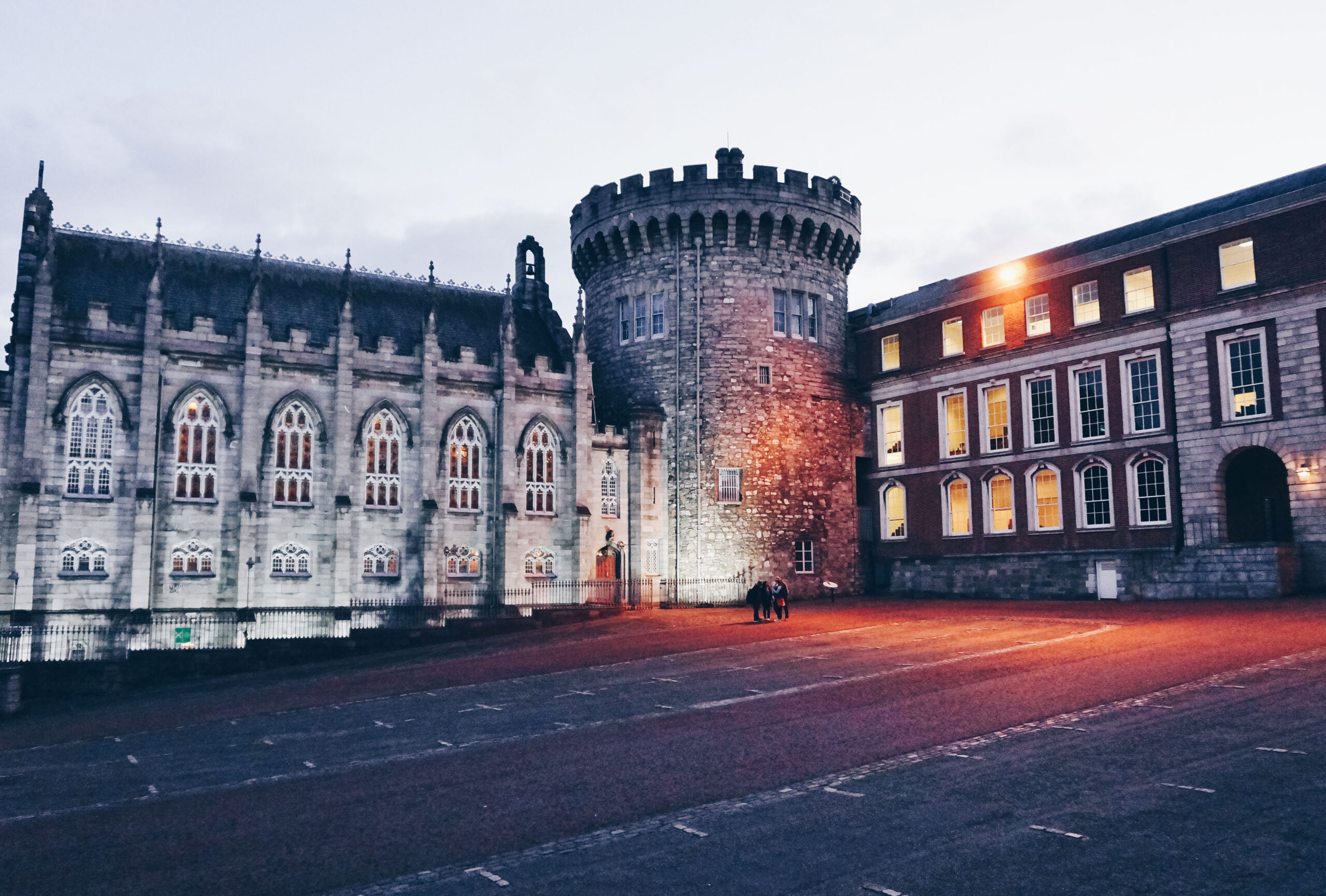
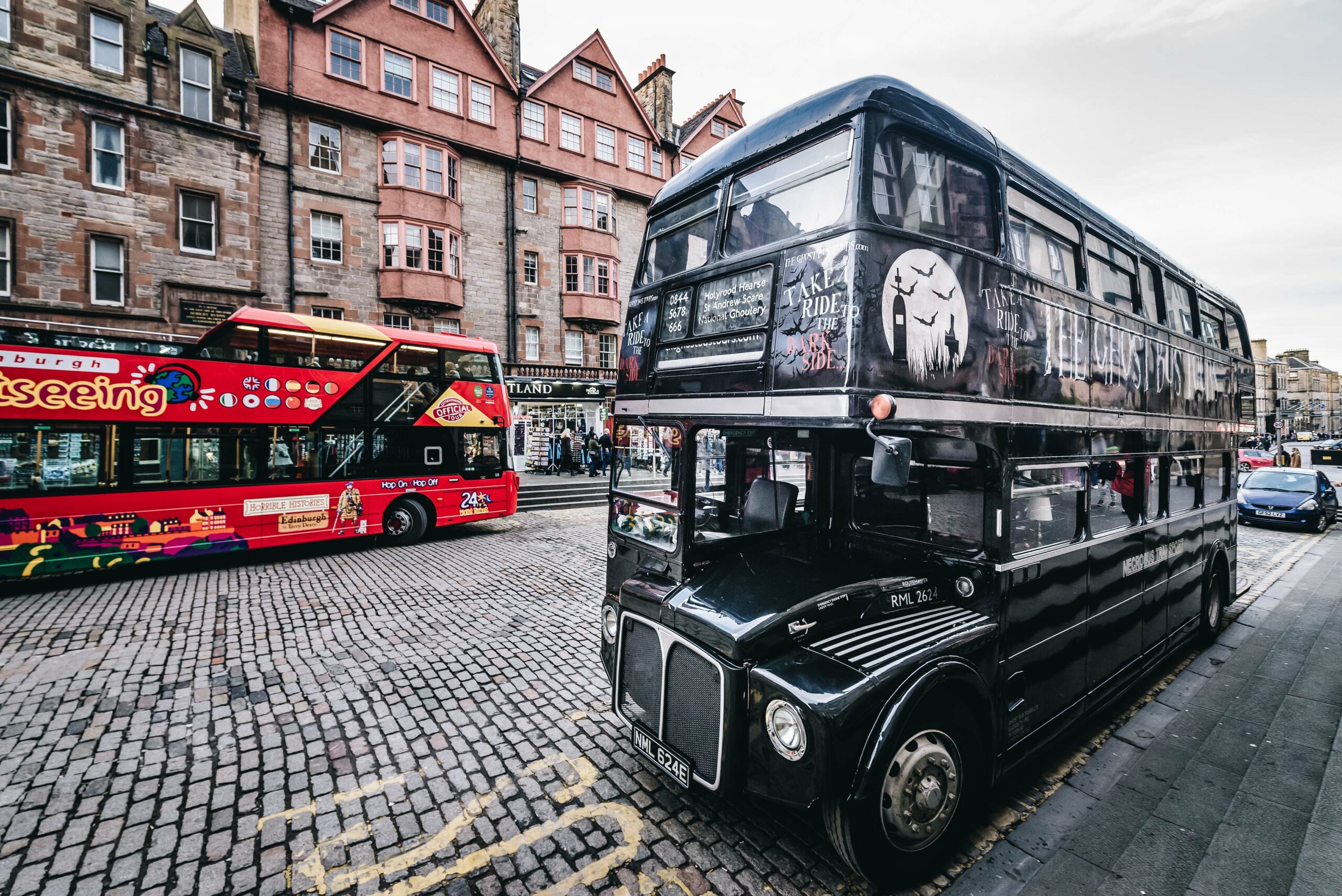
According to legend, Samhain, the Irish precursor to Halloween, originated more than 2,000 years ago in County Meath in the Boyne Valley, which is only about 32 miles from Dublin. Then as now, the Hill of Ward was used for festivals and celebrations. Around Halloween, you can take part in two very special festivals: the Púca Halloween Festival and the Samhain Festival. Expect a magic mix of folklore, food, myths and music.
Newsflash: Did you know that Bram Stoker, the author of “Dracula” was Irish? You can still visit the house where he was born in Dublin, or stop by Castle Dracula (not the one in Romania) when it reopens.
Transylvania, Romania
No trip of horrors would be complete without a visit to Transylvania, the setting for Stoker’s iconic “Dracula.” Even though Stoker’s literary figure is based on Vlad III Drăculea from Wallachia (aka Vlad the Impaler because he liked to place his enemies’ heads on spikes), Bran Castle in Transylvania is considered Dracula’s castle.
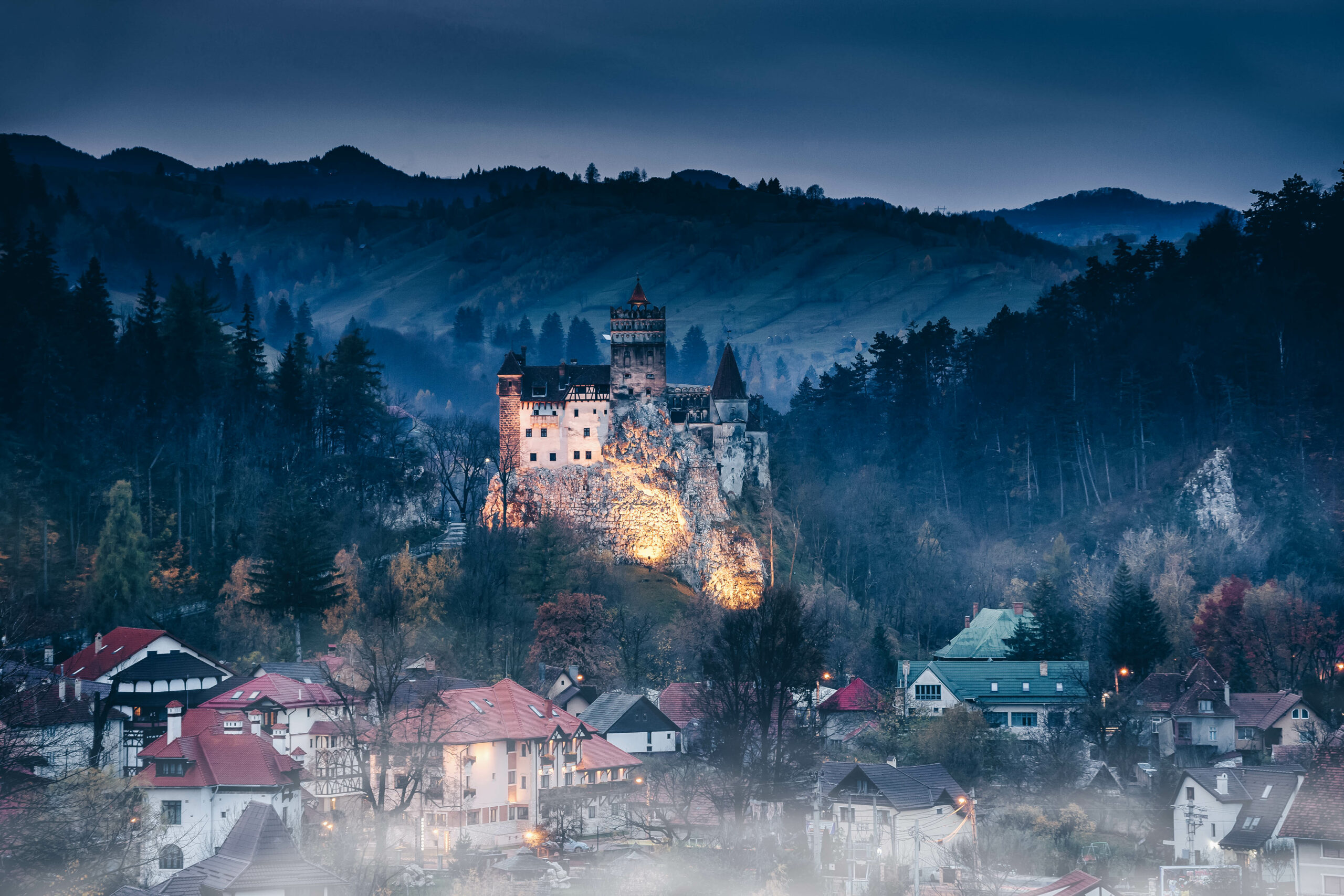
Bran Castle is about 115 miles from Bucharest and with more than half a million visitors a year, it’s overflowing with people come fall. Around Halloween, you can stay overnight in the iconic castle. Delve deep into its history on an exclusive night tour, enjoy a traditional Romanian meal and then party till the Count wakes up in his coffin out of envy.
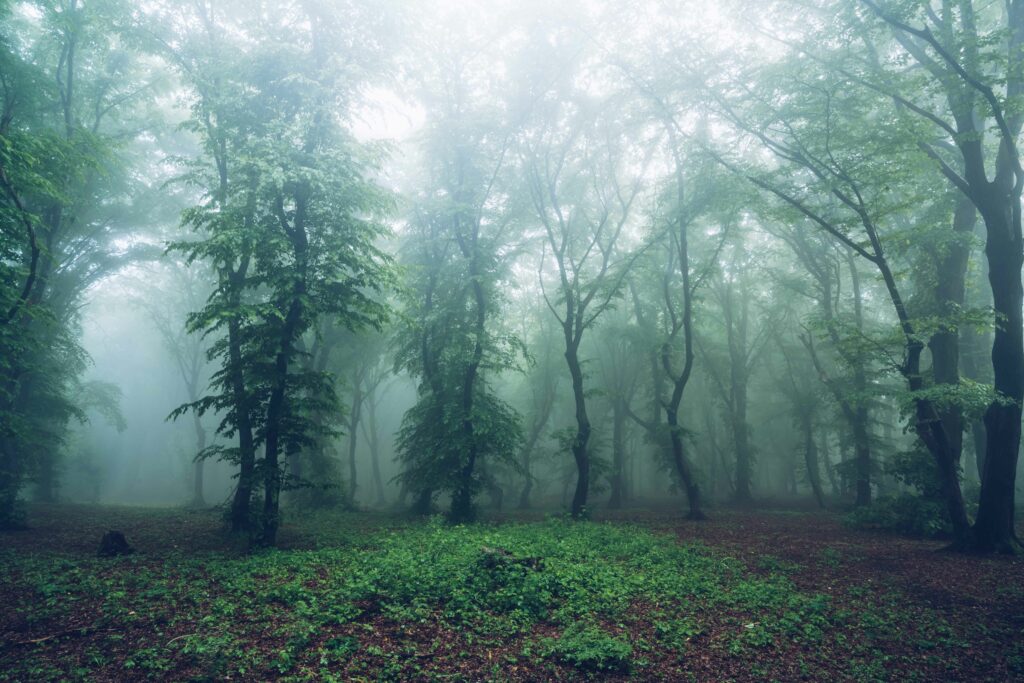
Another spooky highlight is the Hoia Forest in Transylvania, considered the scariest forest in the world. According to legend, a shepherd disappeared there without a trace along with his flock of 200 sheep. Since the 1960s, there have also been repeated sightings of UFOs, whose alleged landing site is a circular clearing in the forest where nothing grows. Be sure to take a paper map with you when you head into the forest—GPS and electronic devices won’t work here.
Harz, Germany
If hardcore horror fills you with dread but you still like the supernatural and mystical, travel to the Harz Mountains, a mountain range and national park in Saxony-Anhalt, Germany. The region is known for its many legends and places associated with witches.
The Brocken, the highest mountain in the Harz, appears repeatedly in literature (think Goethe’s “Faust”) and film under its byname “Blocksberg,” who was the heroine of the children’s audio drama, “Bibi Blocksberg.”
Instead of walking through the neighborhood in costume, you’ll be walking along the Harz Witches’ Trail in hiking boots. The enchanted hiking trail is about 62 miles long and leads from Osterode over the Brocken to the Witches’ Dancing Place in Thale, with its magical witch’s cottage.
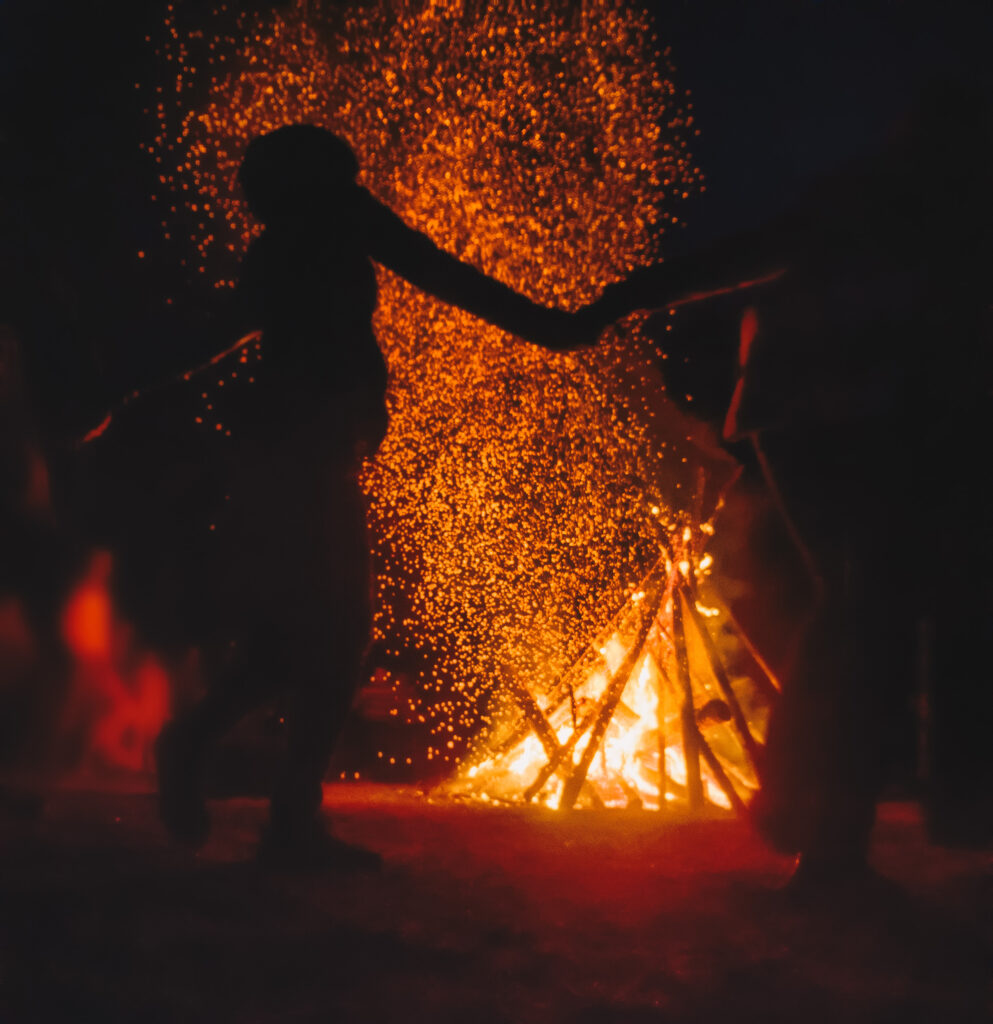
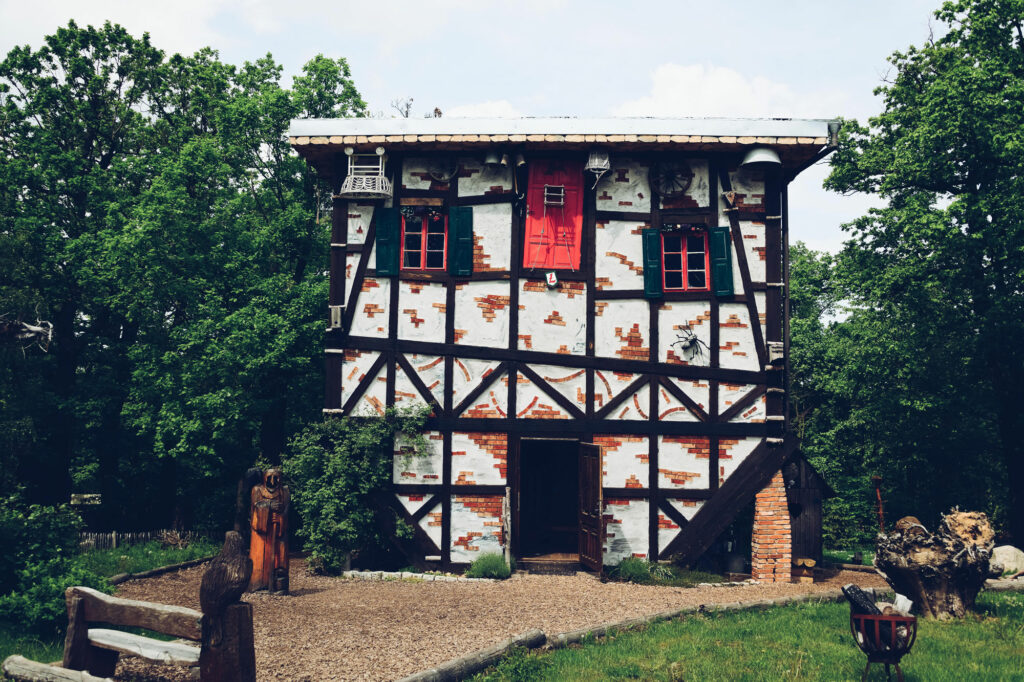
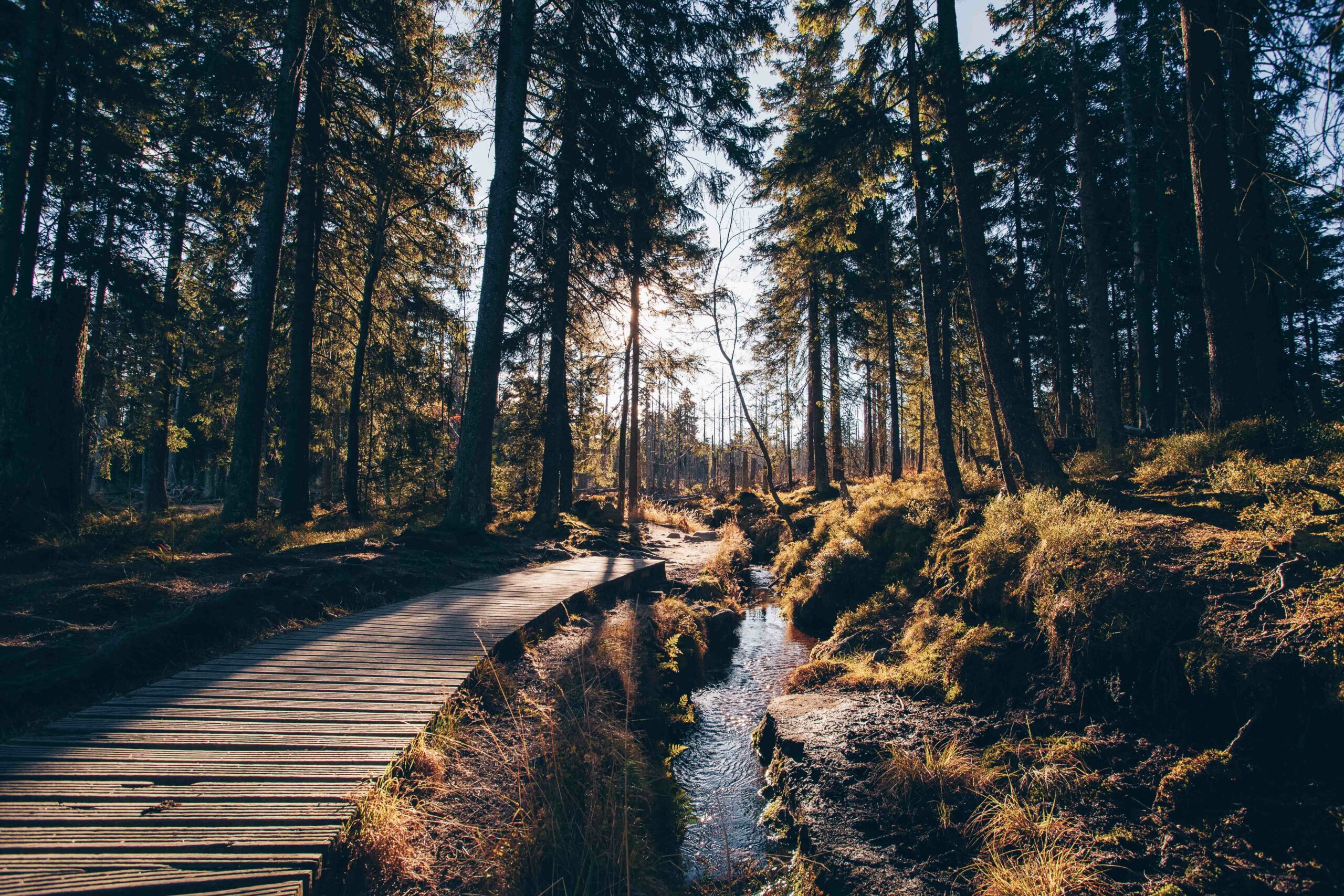
Over hill and dale, the trail passes through evergreen forests, rocky gorges and millennia-old high moors that evoke a mystical atmosphere. Picturesque half-timbered towns such as Quedlinburg and famous places such as the Witch’s Staircase—a strange-looking stone formation on the Wurmberg—provide variety and many spots to snap pics. Witches are omnipresent in the Harz region, and even if the big festivals tend to take place on Walpurgis Night (Witches’ Night), you can also celebrate Halloween in the small towns—if you still have enough energy after hiking.

